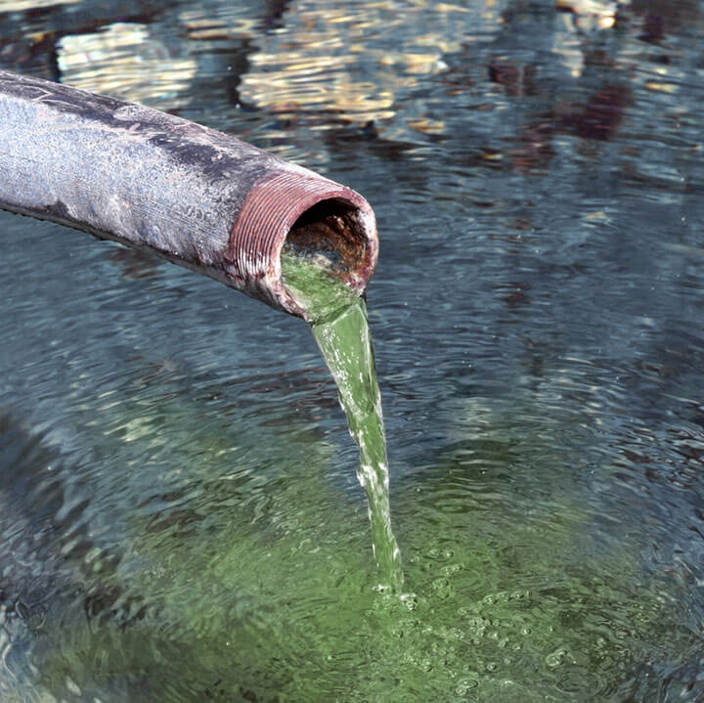A Long Time Coming: Duffy’s Journey from River Contamination to a Modern Wastewater Treatment Plant

By Morgan Durbin
Thanks to the dedication and collaboration of multiple organizations, including Great Lakes RCAP, the residents of Duffy no longer need to worry about their sewage contributing to the contamination of State Waters.
Ohio RCAP staff Julie Ward, Heidi Milner, Nathan Davis, and Misty Tolzda played key roles in guiding this project to completion. On Tuesday, January 28, representatives from RCAP, the Ohio Environmental Protection Agency, and Monroe County officials gathered at the Sardis Community Center to celebrate the grand opening of the Duffy Wastewater Treatment Plant, which began operations in December 2024. This facility is the first of three wastewater treatment plants planned for the Ohio and Lee Water and Sewer District in Monroe County, with projects for Hannibal and Sardis set for completion within the next few years. Hannibal’s plant is expected to be finished within 24 months, while Sardis’s completion is projected between 2027 and 2028.
The need for a wastewater solution in these communities became clear in the early 2000s when a state-led study revealed that large amounts of raw and partially treated sewage were being discharged into the Ohio River and its tributaries. This contamination not only created unsanitary conditions but also increased nutrient levels in the watershed, leading to excessive algae growth that depletes oxygen, disrupts aquatic life, and negatively impacts recreational use of the river.
The Duffy Wastewater Project, along with the upcoming Sardis and Hannibal facilities, stems from a 2011 agreement between the Ohio & Lee Township Water and Sewer Authority and the Ohio Attorney General. This agreement was designed to address the wastewater problem and prevent legal action over the pollution.
According to Heidi Milner, discussions about a regional riverfront sewage system date back 60 years. However, funding challenges prevented large-scale projects from moving forward. In 2018, RCAP stepped in to help develop a more achievable and financially viable plan. Instead of tackling all three communities at once, it was determined that each needed its own wastewater facility, to be completed in phases.
In 2020, civil engineer Christopher Hunt, president of Hunt Engineering in Tarton, Ohio, joined the project. He proposed an innovative system where homeowners would have septic tanks to hold solid waste, while wastewater would be collected and processed through a series of small treatment facilities within or near each community. This design eliminated the need for extensive underground piping and multiple pumping stations, significantly reducing costs. Additionally, it allowed for multiple grant and loan applications that would not have been available if a single large facility had been proposed.
With the completion of the Duffy Wastewater Treatment Plant, wastewater is now processed through a series of treatment tanks before being safely returned to the river. After more than a month of operation, Hunt reports that the system is performing as expected, using approximately 20% of the energy required by a traditional plant. The facility is also designed for expansion, ensuring it can accommodate additional growth, including Hannibal’s wastewater when that phase begins.
The $4.67 million Duffy Wastewater Collection and Treatment System was made possible through a combination of funding sources:
- $3,285,690 from an Ohio Department of Development Water/Wastewater Infrastructure Grant
- $500,000 from the Ohio Water Development Authority
- $425,000 from the Ohio Environmental Protection Agency’s H2Ohio Fund
- $250,000 from the Appalachian Regional Commission
- $200,000 from Monroe County Commission’s ARPA funds
This project was supported by Great Lakes Community Action Partnership (RCAP), the Ohio Department of Development, the Ohio Water Development Authority, the Appalachian Regional Commission, the Ohio Environmental Protection Agency, Monroe County Commissioners, and Buckeye Hills Regional Council.
With this milestone achieved, Duffy now has a modern, efficient wastewater treatment system that protects public health and preserves the Ohio River ecosystem for generations to come.
Source: “Duffy wastewater system is complete” by Charles Winslow for The INNformer
